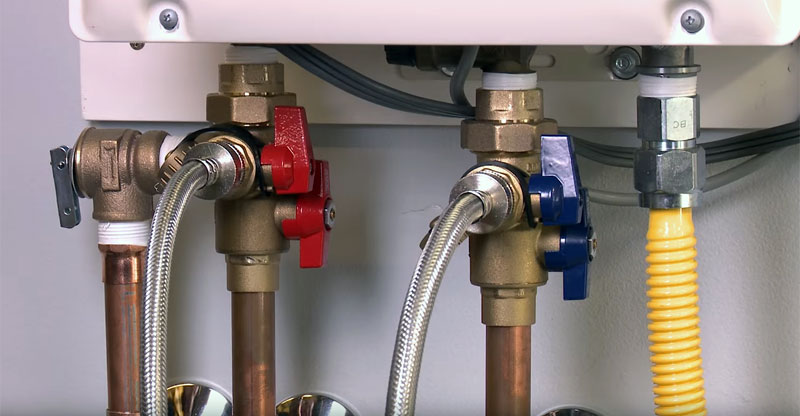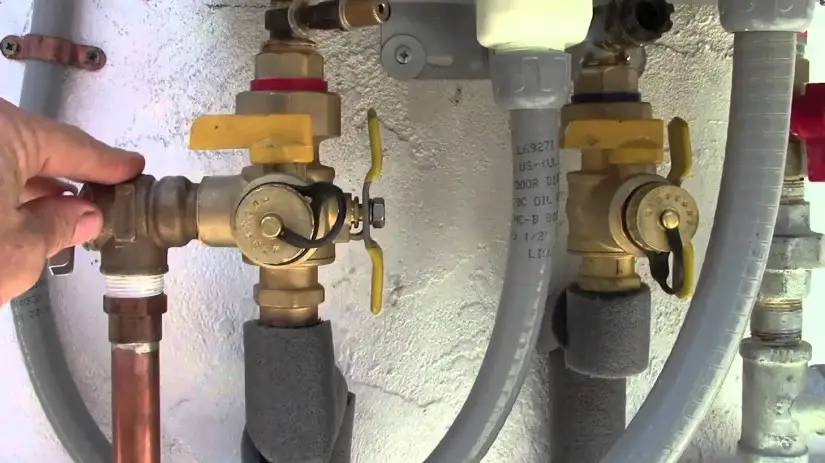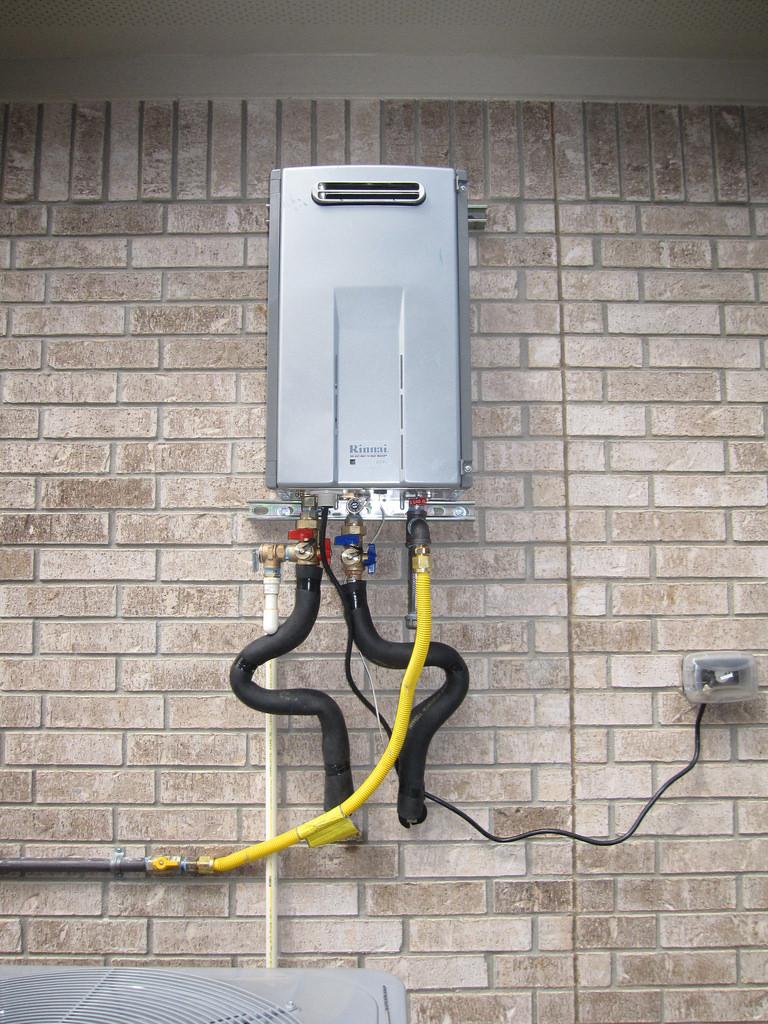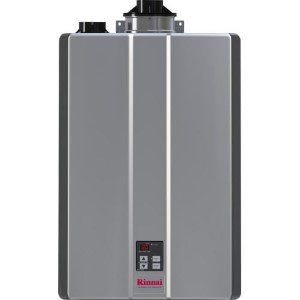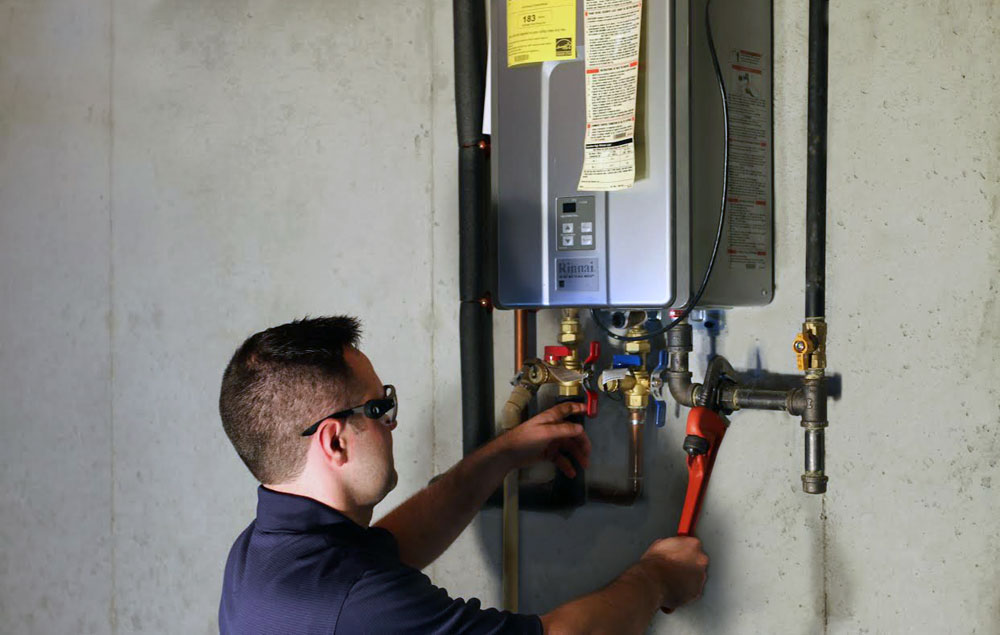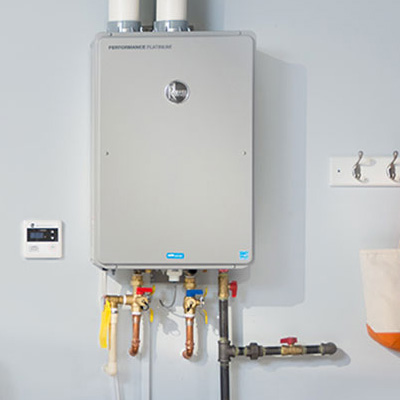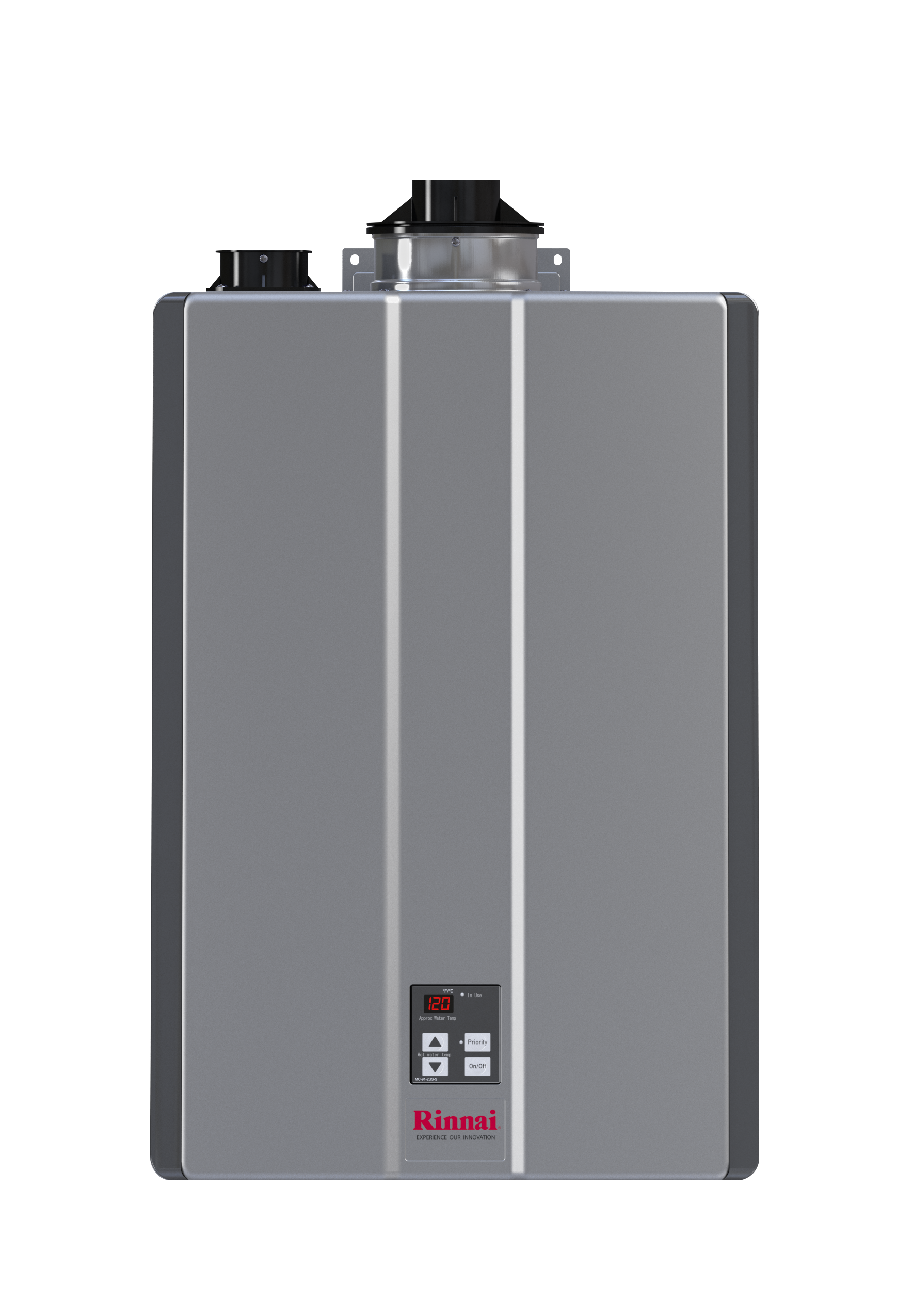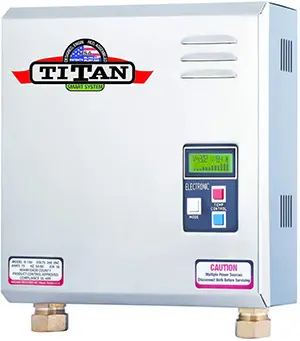Sediment can create a barrier between the heating elements of the water heater and the water making it harder to heat your home s showers dishwasher and laundry.
Sediment buildup in tankless water heater.
Clr stands for calcium lime and rust.
Signs of sediment problems if sediment is allowed to build up too much you ll start to notice several clear warning signs.
Sediment will build up from a municipal water source but is far more prevalent with well water.
A tank storage system can handle some sediment since it will fall to the bottom of the tank.
Sediment buildup signs one sign of excessive sediment buildup is a popping or rumbling sound coming from your water heater.
Calcium and sediment buildup acts as an insulator preventing the elements from heating water efficiently and using more energy than necessary.
On a gas water heater the sediment creates hot spots that can damage the tank and cause premature failure.
Inside your water heater heat causes those minerals to precipitate out in the form of sediment.
Scale is a buildup of minerals inside of your hot water heater mostly calcium and magnesium which looks like white particles or pieces of paper in plumbing fixtures.
Gallons of water pour through a water heater every day leaving mineral deposits behind.
Over time the sediment builds up reducing the efficiency of the unit in heating and storing.
Since the water goes right from the source to the heat exchanger in a tankless there is no means of escape for the sediment.
It can appear as a sandy substance in the bottom of a tank and its weight means hot water tanks naturally filter out this debris through basic gravity.
You can learn more about why you should flush sediment out of your tank here.
By flushing sediment out of your water heater you can save money and heat your water faster.
This buildup can greatly.
Water heater sediments can affect both electric and gas powered tank and tankless devices by reducing the energy efficiency heating performance and clogging the water pathway.
Your tankless water heater will get clogged within days.
These three substances build up over time on surfaces that come into contact with water.
Calcium sediment and other mineral buildup need to be regularly removed from your tankless hot water system because this buildup can reduce the heating efficiency of your tankless heater.
Most of this sediment eventually accumulates inside the storage tank.
That s the sound of steam bubbles percolating up through the muck.

